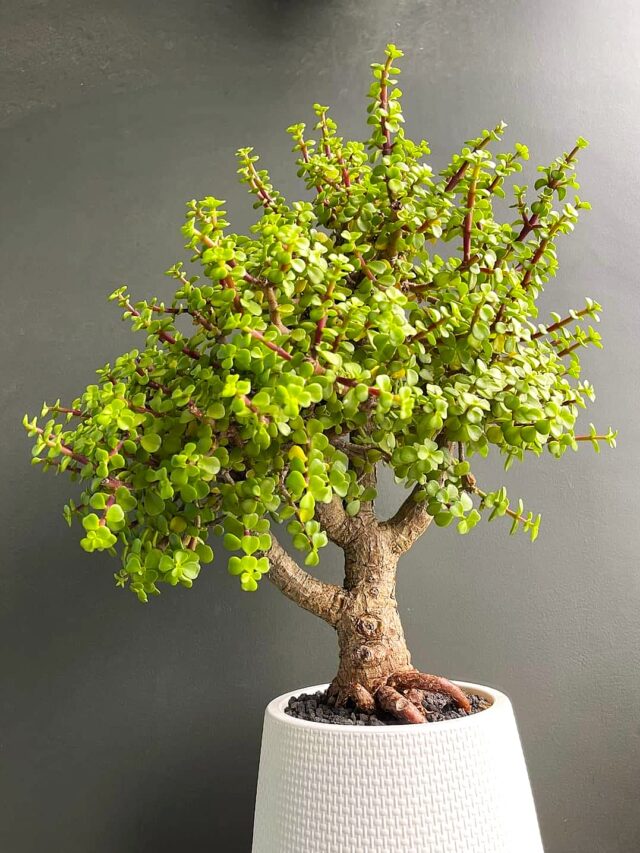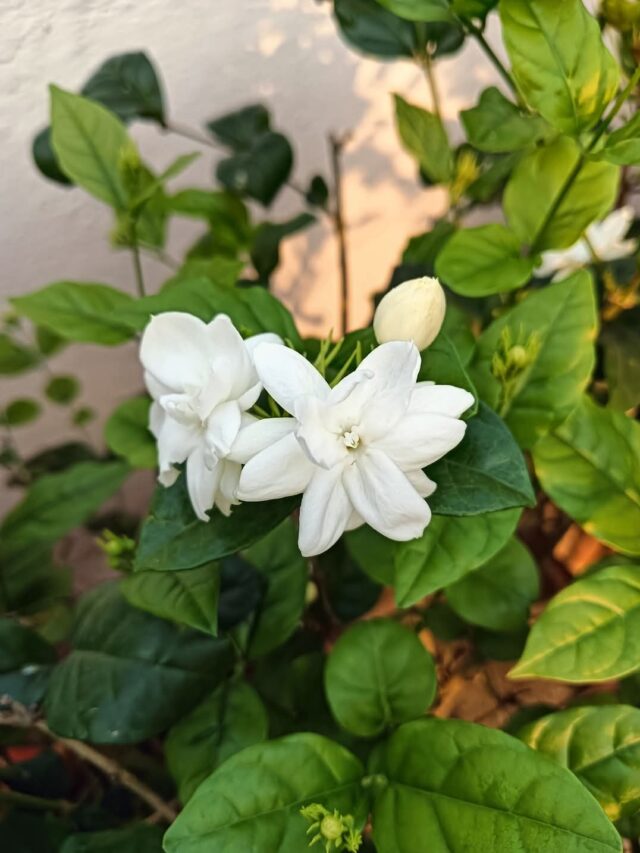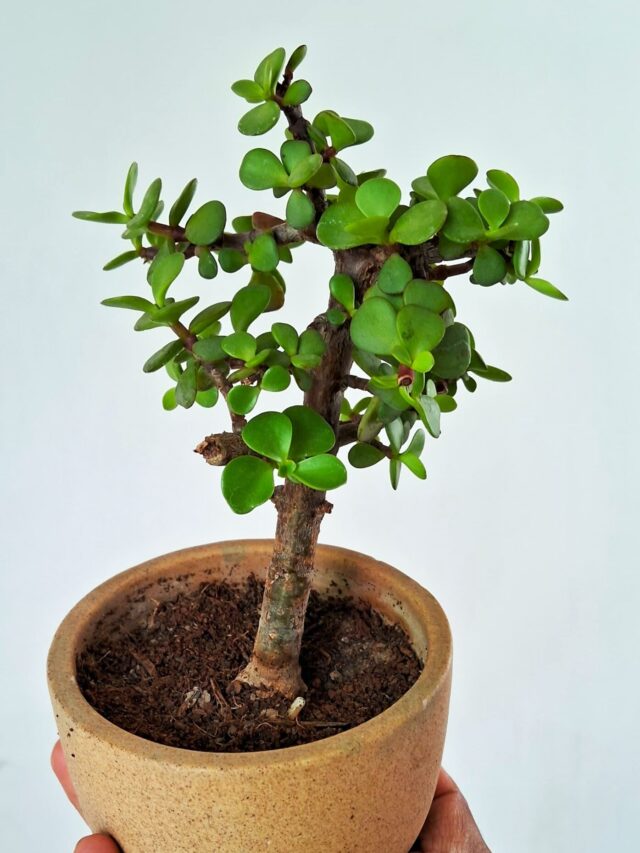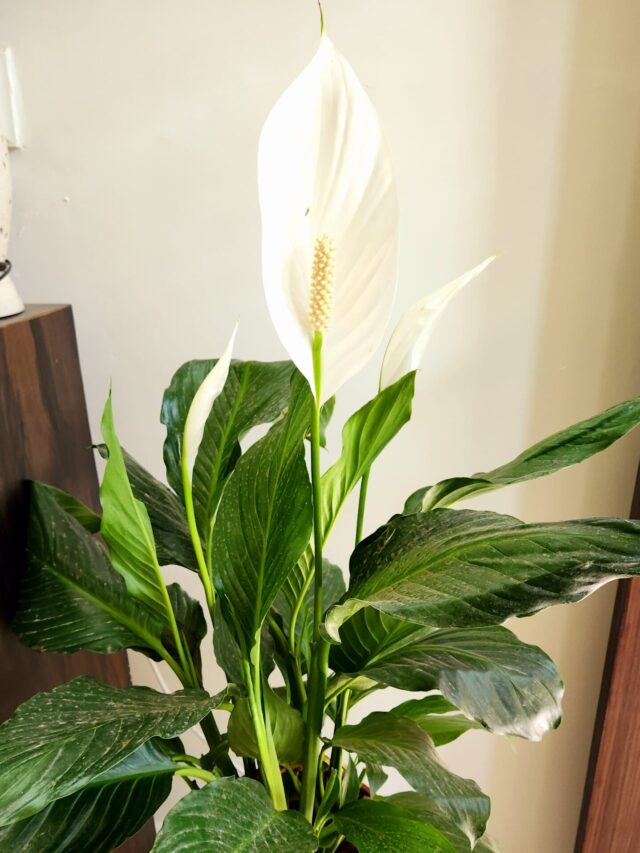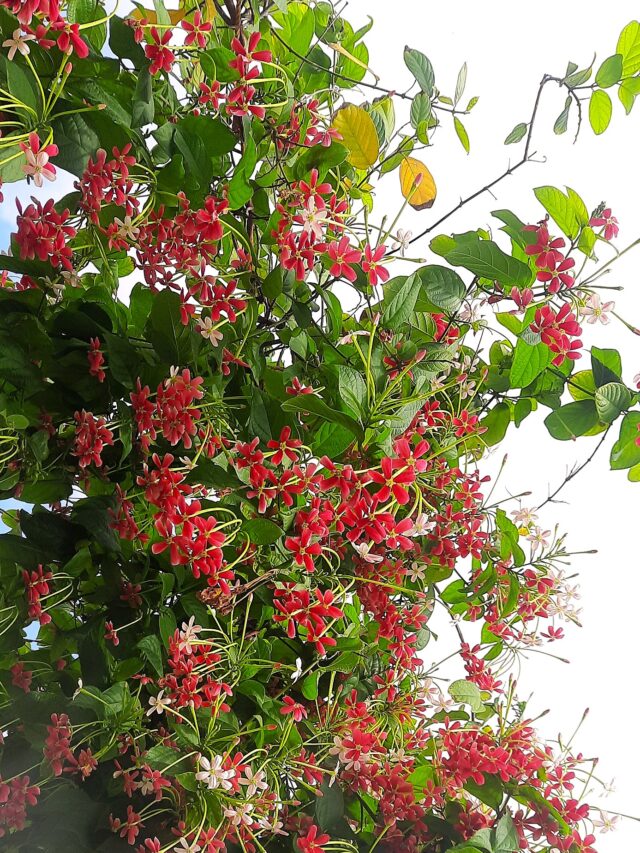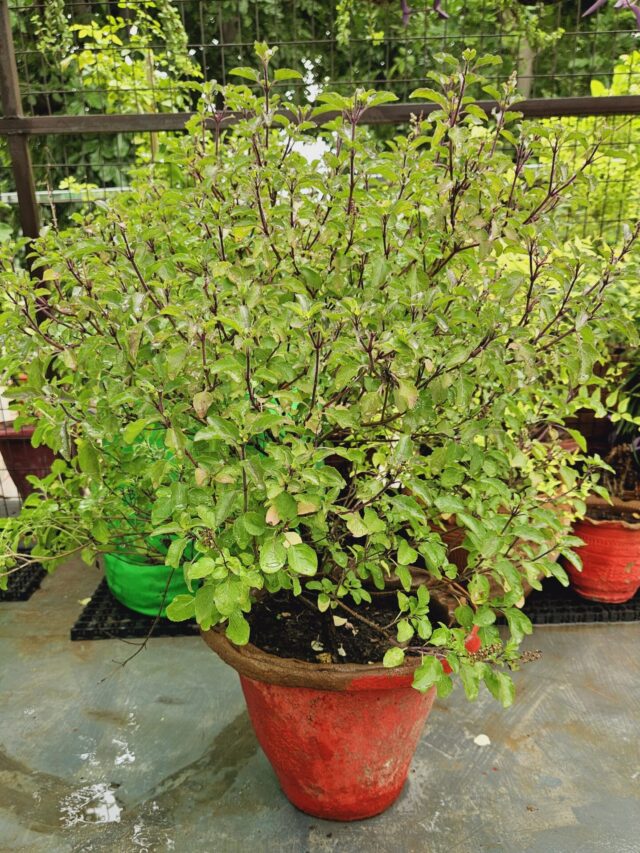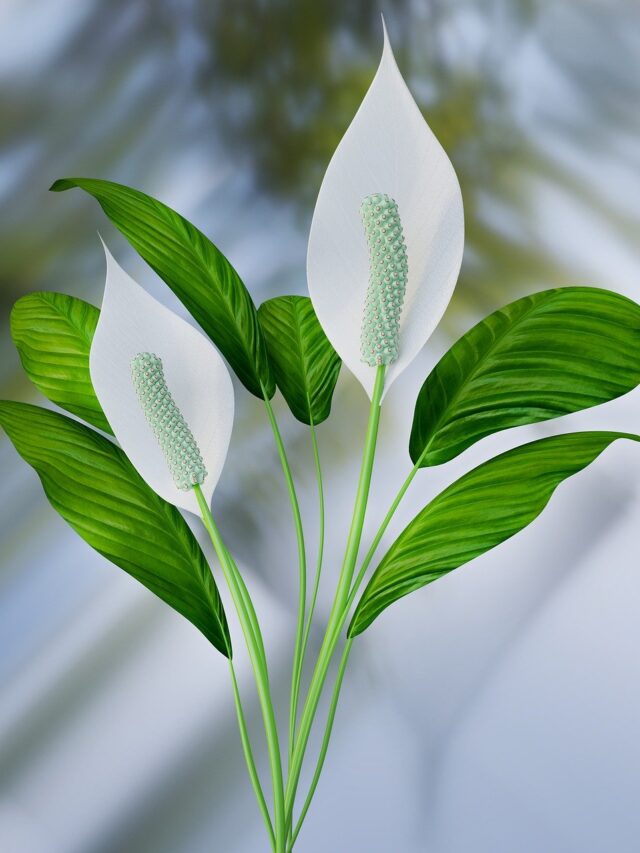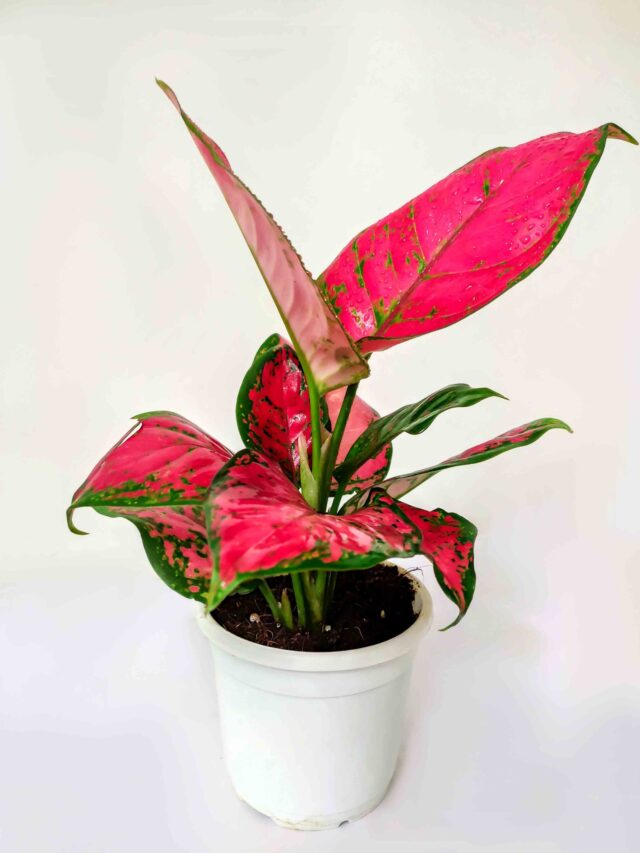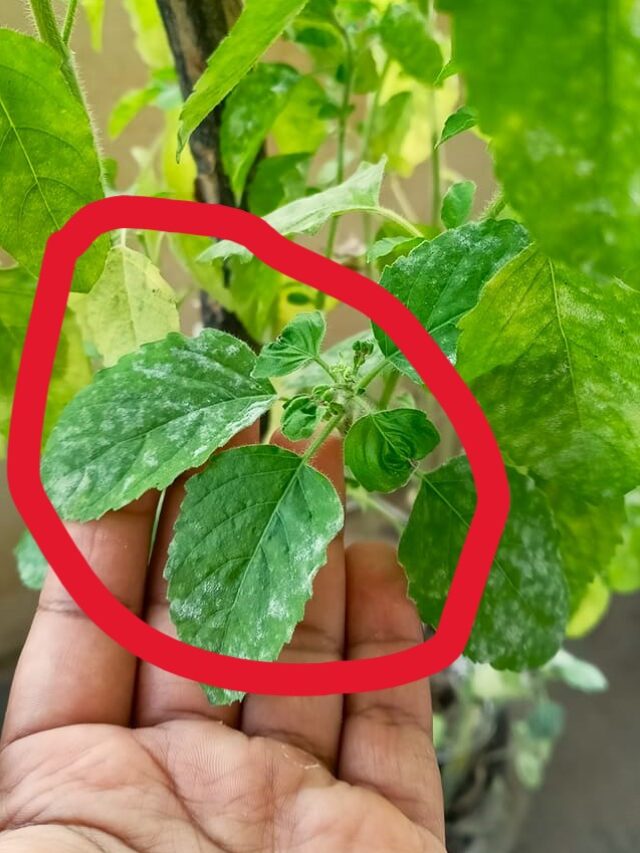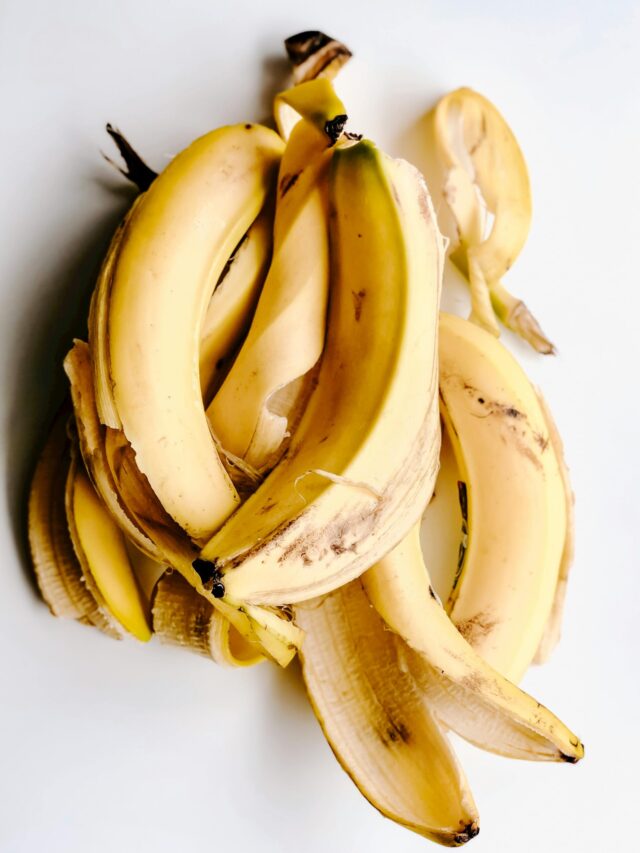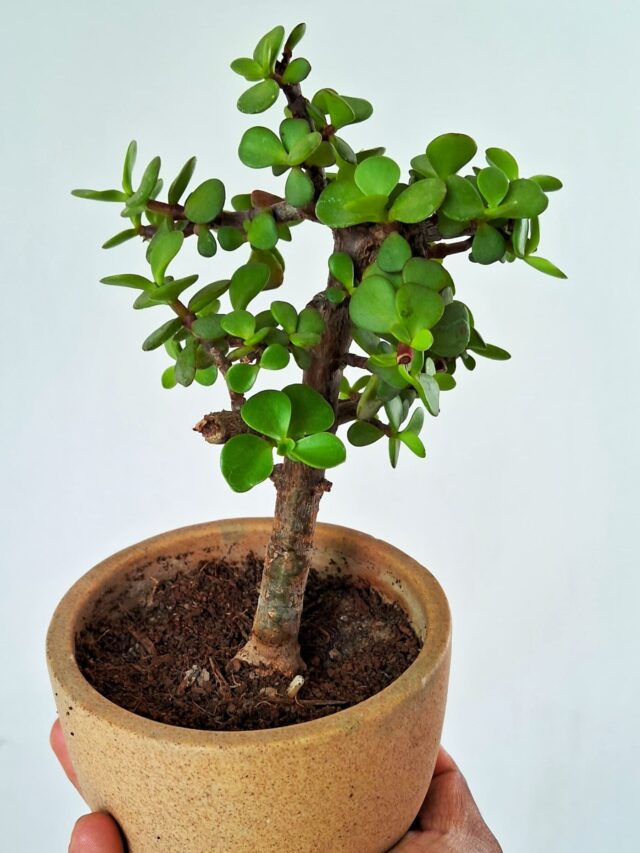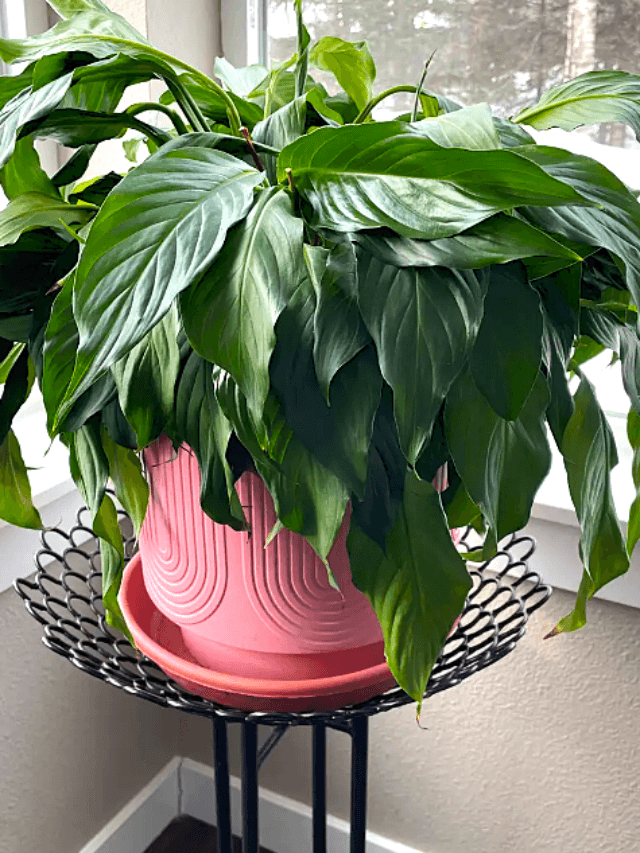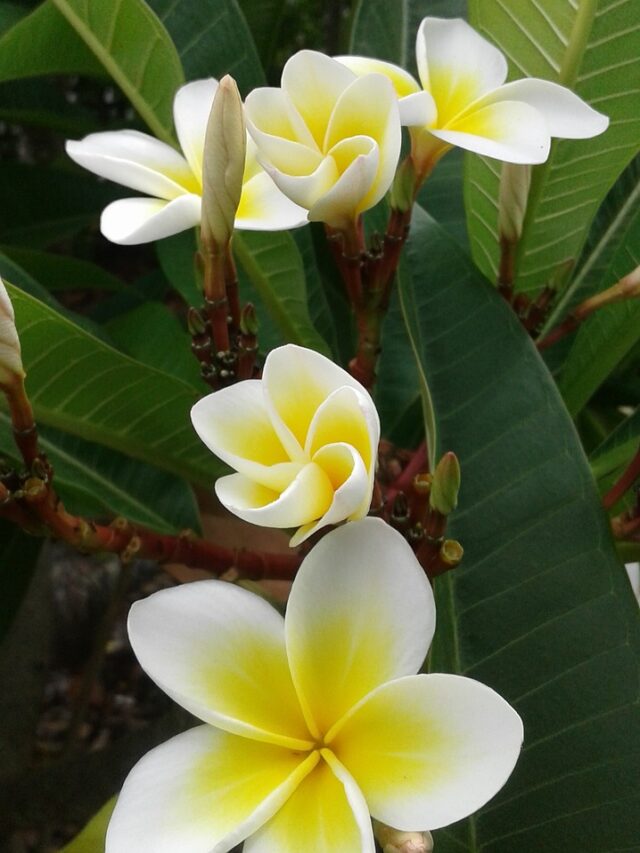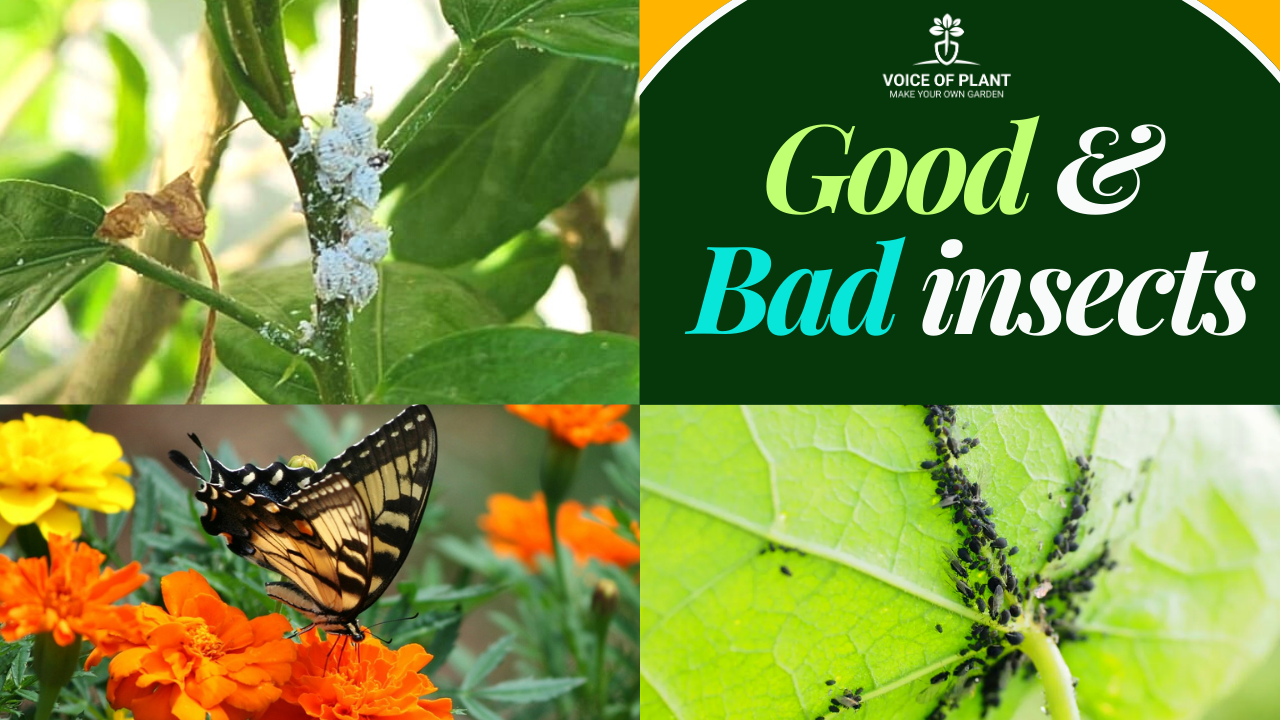If you are gardening in pots or grow bags, it is essential to take meticulous care of your plants. Aphids, though initially difficult to detect, can significantly impact your plants. These pests tend to congregate in groups and can cause substantial damage. In this article, we’ll delve into what aphids are and how to effectively remove them from your plants.
 What are Aphids?
What are Aphids?
Aphids, also known as black bugs, are minute, soft-bodied insects that infest the leaves, flowers, and stems of plants. These pests feed on the sap of the plant, weakening it over time and stunting its growth. Consequently, affected plants may wither or die.
“One of the challenges with aphids is their rapid proliferation and their ability to spread quickly, making it challenging to pinpoint their source.”

Aphids reproduce at a rapid pace, underscoring the importance of controlling their population before it spirals out of control. They typically target the undersides of leaves, making them difficult to spot from above. Addressing aphids early on is crucial, as they can wreak havoc on your plants if left unchecked.
How to get rid of aphids on plants
There are several methods for effectively removing aphids (black bugs) from plants and safeguarding them without resorting to harmful chemicals or pesticides. Following the correct procedure is crucial to prevent further damage to the plant. While aphids pose a threat to plants, they do not harm humans, and manual intervention can be effective in controlling their population.
Here are the steps to remove aphids from plants:
1. Identify and cut the affected parts
Upon discovering aphids on your plant, the initial step is to separate the affected parts from the rest of the plant.
2. Assess Plant’s Condition
After isolation, thoroughly inspect the plant to determine the extent of infestation.
- As aphids tend to inhabit various parts of the plant, such as the undersides of leaves, branches, or flowers, all affected areas must be identified and addressed.
3. Cover the pot and soil with plastic
It is essential to cover both the pot and the soil with plastic after inspecting the plant.
- This precautionary measure prevents any aphids dislodged during treatment from re-infesting the plant by falling onto the soil.
4. Protect Soil from Insects
While treating the plant, tilt its branches outward over the pot and place a bucket underneath to catch any dislodged pests, ensuring they do not fall onto the soil or surrounding ground.
- The primary objective is to prevent soil contamination by these insects.
5. Wash the infected leaves from the water 
- Proceed to remove aphids from all leaves and wash them thoroughly with water.
- Pay special attention to cleaning the undersides of leaves where aphids often cluster.
- Spray bottles or watering cans can facilitate this process.
6. Prepare organic pesticide
For an effective treatment solution:
- Grind 8-10 cloves of garlic to make a paste.
- Boil the paste in 1 glass of water for 5 minutes, then strain it.
- Transfer the solution to a ½ liter bottle and add 1 tablespoon of neem oil, and ½ tablespoon of liquid hand soap, and fill the rest with water.
Note:
- Aphids are repelled by garlic, making it a key ingredient in this solution.
- Neem oil serves as an organic pesticide, while the soap helps in insect removal.
By following these steps diligently, you can effectively eliminate aphids from your plants while ensuring their continued health and vitality.
7. Spray Neem oil solution on every part of the plant 
Once the neem oil solution is prepared, evenly spray it on every part of the plant, including branches, leaves, and flowers.
Note:
- It is advisable to carry out this process in the evening to avoid interfering with the plant’s photosynthesis, which primarily occurs during the daytime.
- Evening is ideal as plants undergo rest and respiration, minimizing any adverse effects on growth.
8. Rinse Plant with water again

The following morning, cover the pot and soil with plastic as before. Thoroughly wash the entire plant with water.
- You’ll likely notice a significant reduction in aphid population, with approximately 80% eradicated. Repeat steps 7 and 8.
- Reapply the neem oil solution in the evening for the next 2-3 days consecutively, and rinse the plant with water in the morning.
- By consistently following this regimen, all aphids should be eliminated from the plant.
9. Monitor and Maintain 
Regularly inspect the plant for any signs of pest resurgence.
- If aphids reappear, repeat the entire process to ensure the continued health of your plant.
- Remember, vigilance and proactive maintenance are key to maintaining a pest-free and healthy garden.
Also read:
What is Leaf Miner? How to control and treat Leaf Miner
Stay Clean !!
Stay Healthy !!!!

